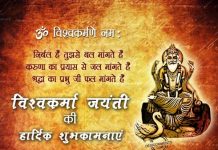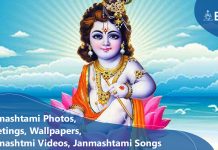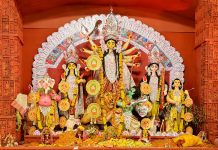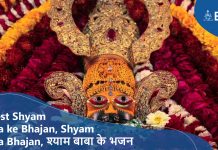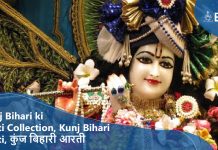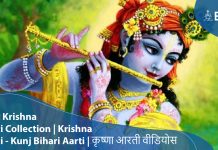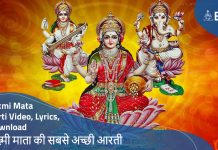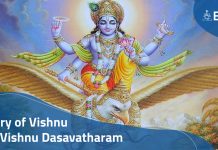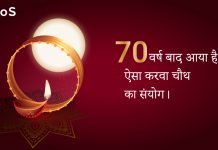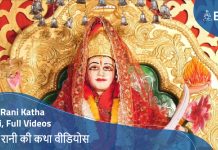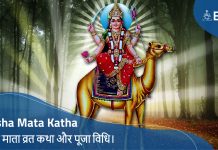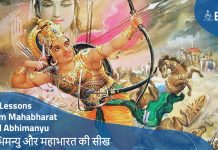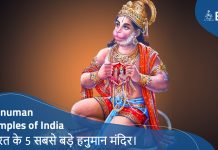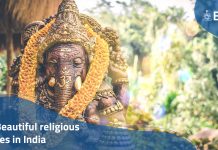Maha Shivratri is a major Hindu festival which is celebrated all throughout the globe. This festival is celebrated in reverence of Lord Shiva. The day is celebrated on Lord Shiva’s marriage with Goddess Parvati. This celebration holds huge importance in the Hindu religion. In Hindu mythology, every girl is considered as Goddess Parvati and every boy as Lord Shiva and thus all the bachelor girls, as well as married girls, celebrate this day with huge galore.

In Kashmir, Shivratri is celebrated in the form of Herath. This word is derived from the Sanskrit word “Hararatri” which is actually the “Night of Hara”. Hara is another name for Lord Shiva. Hararatri has also been described as Bhairavatsova as per the tantric texts. This is particularly used as Bhairava and Bhairavi on the occasion of Tantric worship.

You will be amazed to know that Shivratri is celebrated a day ahead in Kashmir when compared to entire India. In Kashmir, Shivratri or Herath is celebrated on Trayodashi or on the thirteenth day of the dark half of the month of Phalguna which is between February – March. Whereas the entire country celebrates Shivratri on Chaturdashi or fourteenth. Many believe that this early celebration in Kashmir is because of the appearance of Shiv Linga on that day.
Hurya Ukdoh
But the festival is celebrated with huge pomp and show in Kashmir. The celebrations extend to a three-week long celebration. Celebrations begin from the very first day of Phalguna during the dark fortnight. This day is also known as Hurya Ukdoh. And it continues till the eight days of brighter half of the Phalguna month. Hur is used as a prefix during the celebration of the first nine days of the festivities. Hur symbolizes singing and whitewashing. The first six days which are also known as Hurya Ukdoh to Hurya Shivam are used in cleaning the entire house. People deck up their house to give it a festive look and spend their time in collecting necessary items for the puja. Various items like – walnuts, utensils, vatuk samagri are required for the main puja during Herath.
Hurya Sattam, Atham, Navam
Next three days, which are known as Hurya Sattam, Hurya Atham and Hurya Navam are the days when people are involved in the religious night long prayers. Earlier these prayers were organized at home only. Now, a day’s people visit temples for the same. The main puja is done on the thirteenth day. A day before the main puja day, that is on twelfth day, new clay utensils freshly prepared by the potter are brought home and placed on a grass circular seat which is also known as “Aasan” in the room. Nowadays people use steel utensils instead of earthen pots. These posts are decorated with various religious idols and Sanskrit shlokas. Two of the major idols on the pots are Shiva and Parvati. The pot is decorated with garlands and the mouth of the pot is also enclosed by garlands. Dried walnuts are then deposited and placed near the brim area. Smaller pots are also placed nearly for other deities like Bhairavas. All the pots are then filled with water and walnuts are placed nearby in all of them. This ceremony is known as “Vatuk Barun” in the Kashmiri language.
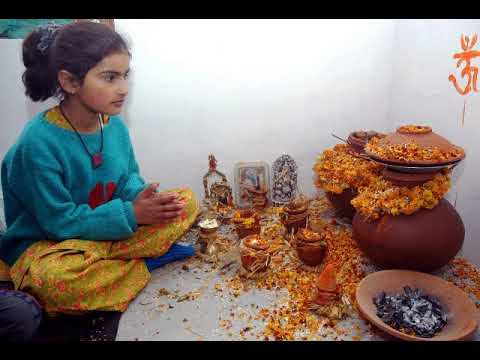
Then comes the twelfth day of the festival which is actually the main pooja day. This day is observed by a fast and different kind of tantric rituals are observed on this day. During the night time, fire sacrifice is made. This is actually the time when Lord Shiva and Parvati got married. This is also the time when popular dishes are cooked. They can be vegetarian and non-vegetarian both. Some of the most popular dishes are “dam aloo” and “Nadru Ki Yakhni”. These dishes are first offered to all the deities and then after a while, the offering is consumed by the devotees.

Salaam & Dunn Mavas
The final day of the Puja is the one-fifteenth day which is also known as Dunn Mavas. On this day ritual puja is offered to the sacred vessels. Flower-decked vessels are then taken for the immersion at a nearby holy stream or river. This immersion process is very similar to Durga or Ganpati festivals which are celebrated all throughout the country.
Before immersion, the vessels are emptied of walnuts and these sacred walnuts are brought back home after the puja at the bank of the river. Tumul Czhot is made which is actually the roti made of rice. Tumul Czhot with soaked walnuts is distributed as the main prasad among the devotees. This prasad is distributed among close friends, relatives, and family members.

Tumul Czhot 
Shivratri Walnuts 
Herath Prasad
The celebration of Herath in Kashmir is unique. And especially the inclusion of dried walnuts is unique because it symbolizes the beginning of a new life from dried seeds which is very similar to the beginning of new life from dried objects which are supposed to be dead.
Also, women, old and young people consider visiting their parental home (malyun) and returning to their in-law’s place (varyuv) with money which is the token of love (atagat) and kangri (Kashmiri fire pot) as a good omen. Newlywed girls return from their parental home to their in-laws’ place with Shivratri cash on the 10th day or main Shivratri day.
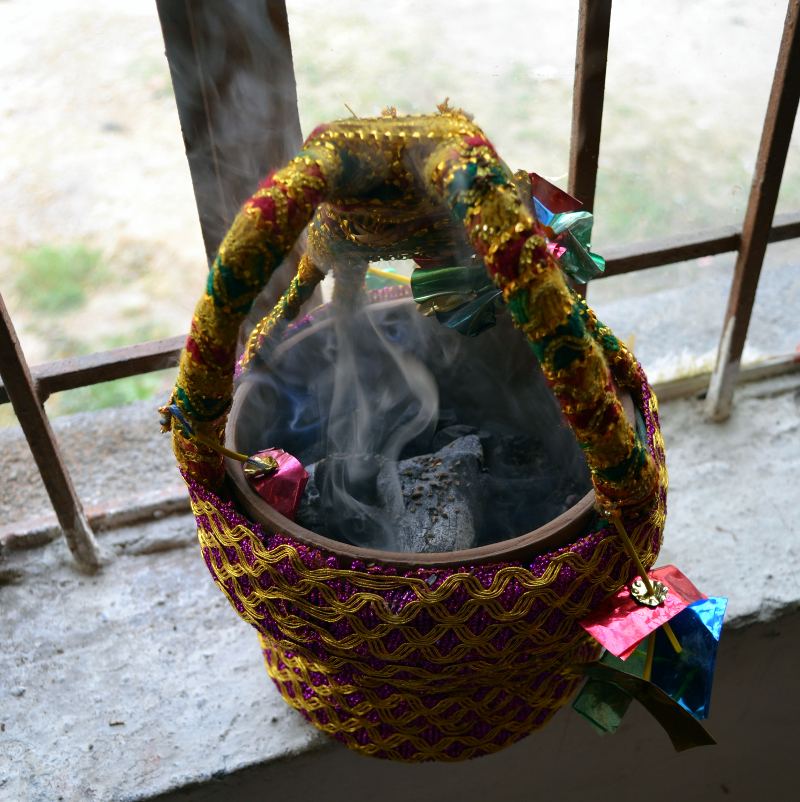
Herath is celebrated and known as one of the biggest festivals among Kashmiri Pandits. This is a festival which unites women, men, old and young folks. Younger folks enjoy this festival a lot because they get a lot of Shivratri cash (Herath Kharch) during this festival. Many Kashmiri Pandits have faced a lot of troubles but this festival brings a broad smile and sunshine into their lives. The celebration symbolizes that this younger generation is still intact with their roots and culture.
Herath is an extremely religious and socio-cultural festival and it is celebrated with huge respect and joy in entire Kashmir.
Let us know if you have ever celebrated Shivratri with any of your Kashmiri friends or ever visited Kashmir during this time in the comments down below. We would love to hear back from you.


